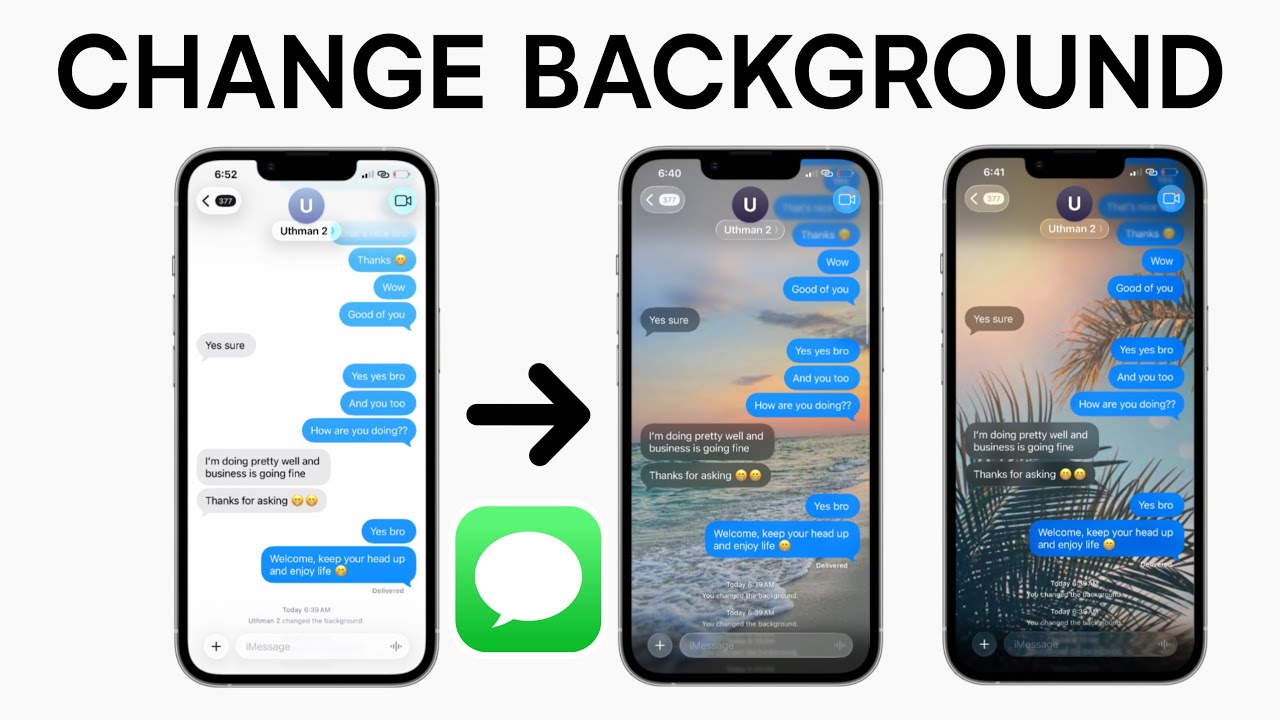Have you ever wondered about fate? iPhone if stolenYou might think this iPhone business ends up in a dark corner of your city, but the truth may be more complex and surprising. A recent report has uncovered a complex global network that transports stolen iPhones from the streets of Western cities to bustling markets in China, specifically in the Huaqiangbei district of Shenzhen. In this article, we'll take you on a journey to explore this process, focusing on the pivotal role of Hong Kong and the market dynamics in Huaqiangbei.

What makes iPhone theft a profitable business?

Smartphone theft, especially iPhone theft, is not just a random crime. It's an organized criminal industry that generates huge profits. In London alone, police estimate that phone theft represents a £50 million (about $63.5 million) annual criminal market. The situation is similar in cities like Paris and New York, where phone thefts are rapidly increasing.
Why iPhone specifically?

High value: iPhones are among the most sought-after devices in the world, making them an ideal target for theft.
Easy to resell, even locked devices can be disassembled and their components like screens and chips sold at good prices.
A global network: The presence of an organized network for transporting stolen phones from the West to Asian markets increases the attractiveness of this trade.
The journey of a stolen iPhone from the streets to Shenzhen

Consider the real-life example of London-based tech entrepreneur Sam Amrani. When his iPhone 15 Pro was stolen by two thieves on electric scooters, he used the Find My app to track the phone. The journey began at a local repair shop in London, then moved to Hong Kong, finally settling in the Feiyang Times Building in Shenzhen's Huaqiangbei District. This journey is not an exception, but rather a recurring pattern in this business.
First stop robbery in the West

The process begins on the streets of major cities like London, New York, and Paris. Thieves use quick, organized theft methods, such as motorcycle snatching. After the theft, the phone is transferred to local repair shops or middlemen who act as a link in this chain.
Station 2, Hong Kong, Commercial Gateway

Hong Kong plays a crucial role in this process, thanks to its status as a free trade port, free of significant customs duties. In an industrial building in the Kwun Tong district, wholesalers inspect huge batches of iPhones, including those locked with a password or iCloud. These devices are advertised publicly on social media platforms and sold at digital auctions before being transported to mainland China.
Final Destination: Huaqiangbei and Feiyang Times Market

In the heart of the Huaqiangbei district, the Feiyang Times Building stands out as a global hub for the trade in stolen iPhones. The fourth floor of this building is dedicated to selling used phones imported from the West. Even locked devices find a market, as they are disassembled and their components, such as screens, motherboards, and chips, are sold at "record" market prices.
Why is Huaqiangbei an ideal center for this trade?

Shenzhen's Huaqiangbei District is known as one of the largest electronics markets in the world. This area is not just a used phone market; it's an entire ecosystem that supports the trade in stolen devices:
◉ A specialized market, where there are buyers for every component of the iPhone, making even broken or locked devices valuable.
◉ Infrastructure, as there are repair shops and small factories in the area that facilitate the process of dismantling and recycling devices.
◉ Domestic demand, as the Chinese market accepts used phones at low prices, which increases demand for these devices.
The role of Hong Kong, and why is it the link?
Hong Kong is an ideal gateway for this trade because:
◉ No customs duties, which allows devices to be easily transported to the mainland without additional costs.
◉ Commercial infrastructure: There is a wide network of wholesalers and digital sales platforms.
◉ Proximity to Shenzhen, its geographical location makes it an ideal logistics center for transporting goods to Huaqiangbei.
Challenges facing victims
Victims like Sam Amrani often receive messages from individuals in Shenzhen asking them to remove their devices from "Lost Mode" in the Find My app. These messages can be either attempts at persuasion or outright threats, as unlocking a phone significantly increases its value on the black market.
What are the authorities doing?

Hong Kong police insist they will take "appropriate action based on actual circumstances and in accordance with the law." However, the challenge lies in the complexity of the transnational criminal network, making it difficult to track and completely halt this trade. In the West, authorities are trying to strengthen security measures such as improving tracking software and increasing penalties for those involved.
Tips to protect your iPhone from theft
To protect your iPhone from theft or reduce losses if it occurs:
◉ Use Find My and make sure it is enabled to track your device.
◉ Lock your iPhone with a strong password. This makes it difficult to unlock or resell the device.
◉ Also, avoid crowded places, or at least be careful in these places and it is preferable not to use the phone in them except in the strictest limits.
◉ If your phone is stolen, report it immediately to the police and Apple to put it in Lost Mode.
The journey of a stolen iPhone from the streets of the West to the markets of China reveals a complex criminal network that relies on a high degree of organization and exploits gaps in trade regulations. From Hong Kong as a trade gateway to Shenzhen's Feiyang Times Market, this trade demonstrates how stolen devices can find their way to distant markets. Despite security efforts, the industry remains a significant challenge.
Source:



7 comment